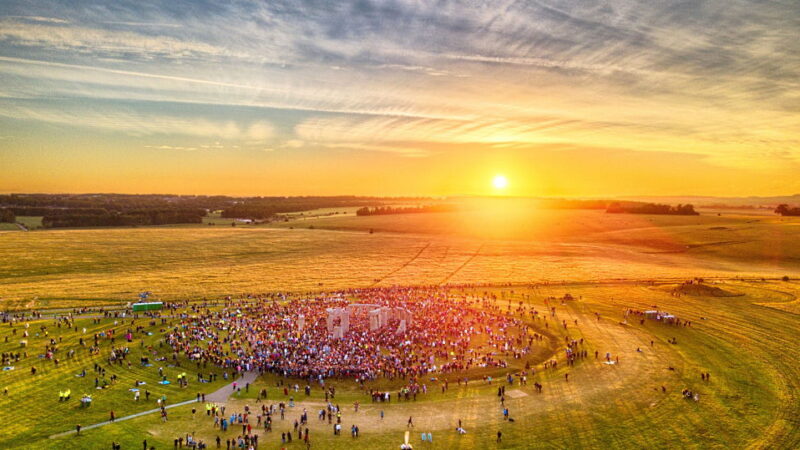The First Day of Summer is a celebration of the longest day of the year, filled with the fresh aromas of flowers, grass, and salty ocean breezes. Observed annually on June 21, it’s the perfect time to enjoy nature, whether at the coast, in the mountains, or at a park. Finish your work early and spend this unforgettable day outdoors!
History
Ancient civilizations had a deep understanding of the solstice and its significance. In cultures like ancient China, Egypt, and Mesopotamia, the summer solstice was a time for unity, celebration, and reverence. People lit bonfires, danced, sang, and even jumped over flames as a symbol of spiritual purification. These festivities honored nature and the changing seasons.
Interesting Facts
In northern European countries, the First Day of Summer is celebrated with grand feasts featuring meat dishes, seasonal berries, and fresh vegetables.
- Hiking is a popular activity on this day, providing a chance for families to connect and enjoy the therapeutic benefits of the outdoors.
- Positive emotions play a significant role in boosting overall well-being and performance.
- The Celts celebrated by lighting massive bonfires and engaging in lively dances, honoring the gods of nature with active rituals.
Historical accounts even note that some ancient solstice celebrations involved dancing around bonfires in the nude, symbolizing freedom and closeness to nature.
How to Take Part
Welcome the day by waking up before dawn to watch the sunrise. Spend the day planning your summer activities and exploring nature. Take time to reflect and appreciate the present moment. As the day ends, enjoy the sunset, feeling a sense of accomplishment and serenity.
When is the First Day of Summer in 2025?
The First Day of Summer occurs when the sun reaches its northernmost position, directly above the Tropic of Cancer.
Observations
| Weekday | Month | Day | Year |
| Saturday | June | 21 | 2025 |
| Sunday | June | 21 | 2026 |
| Monday | June | 21 | 2027 |
| Wednesday | June | 21 | 2028 |
| Thursday | June | 21 | 2029 |




